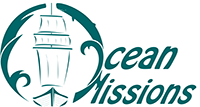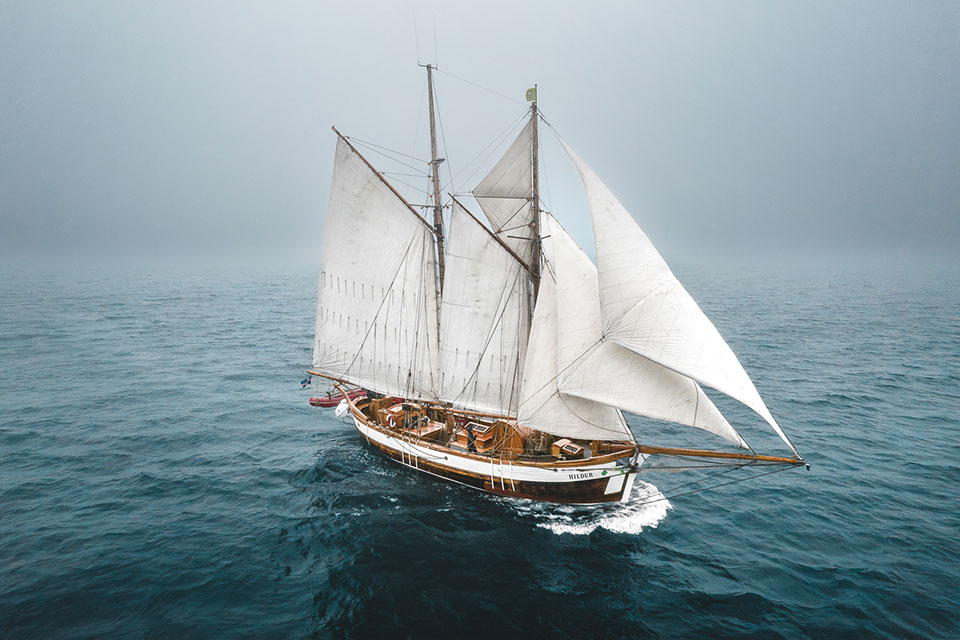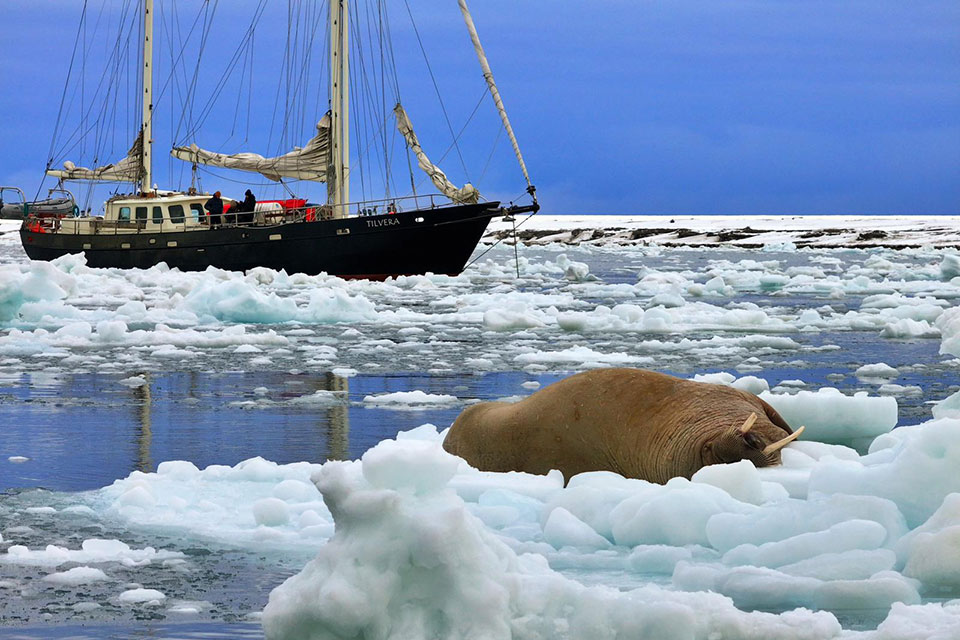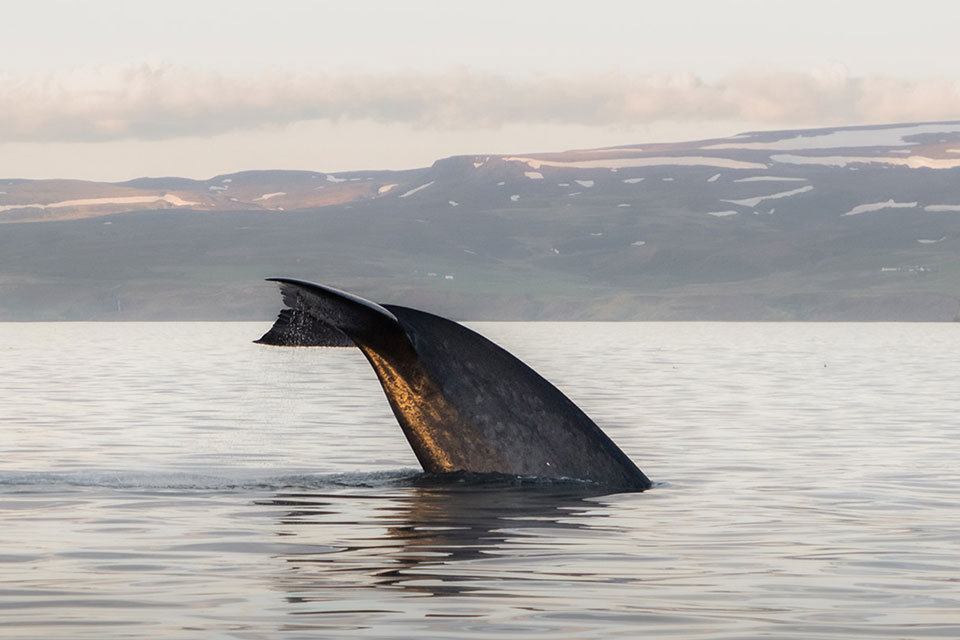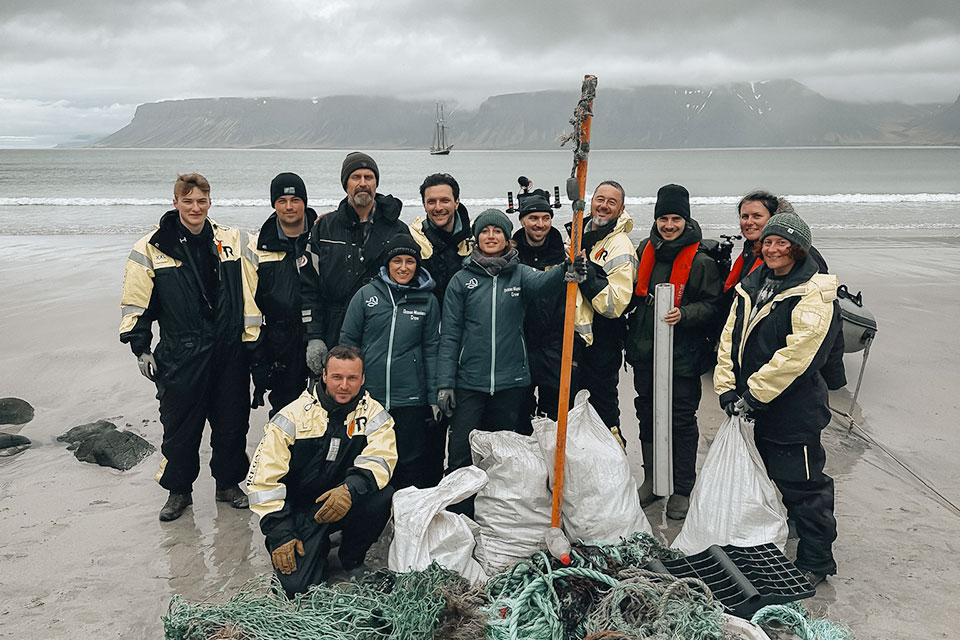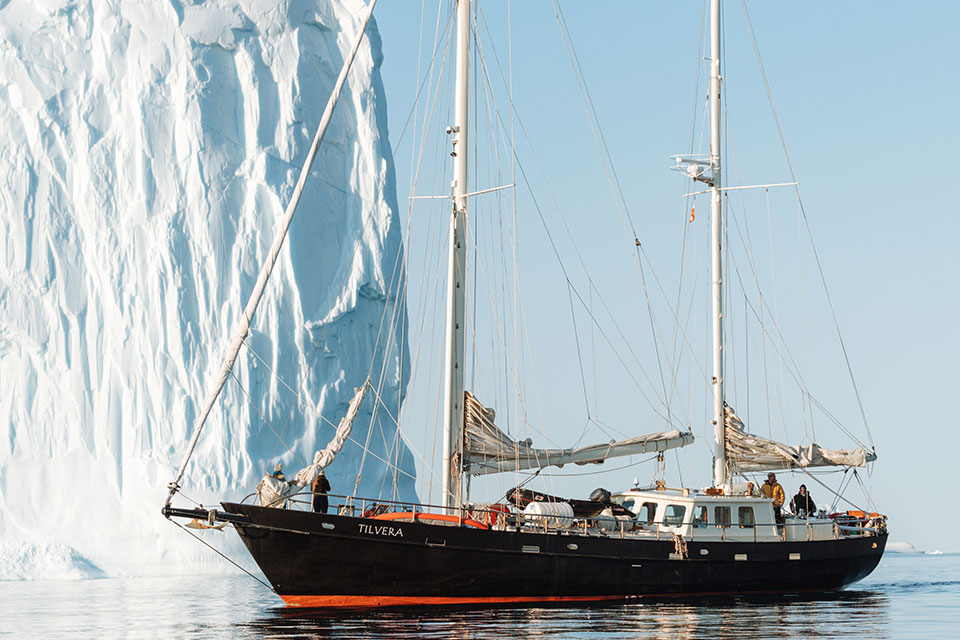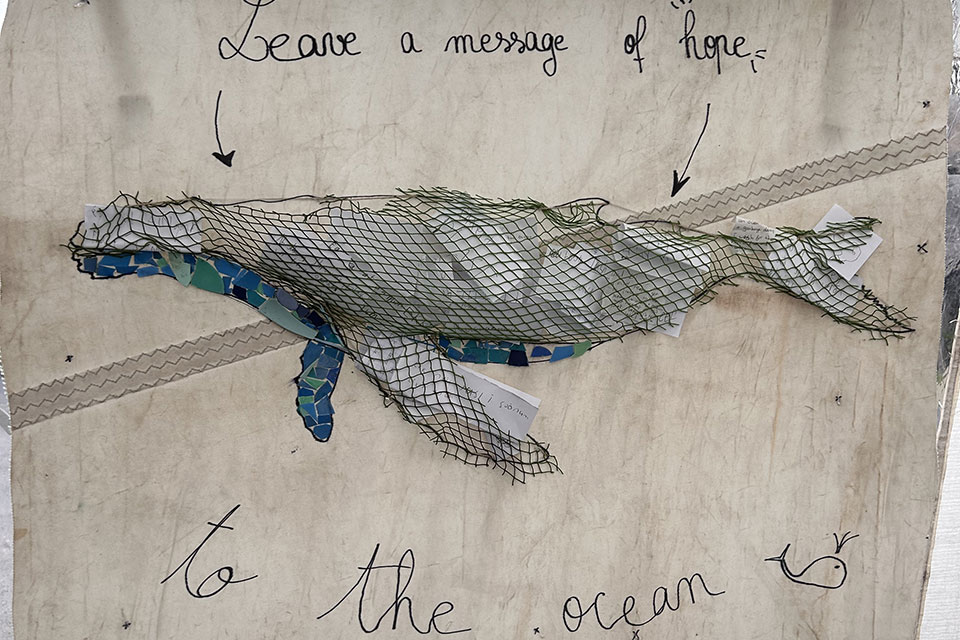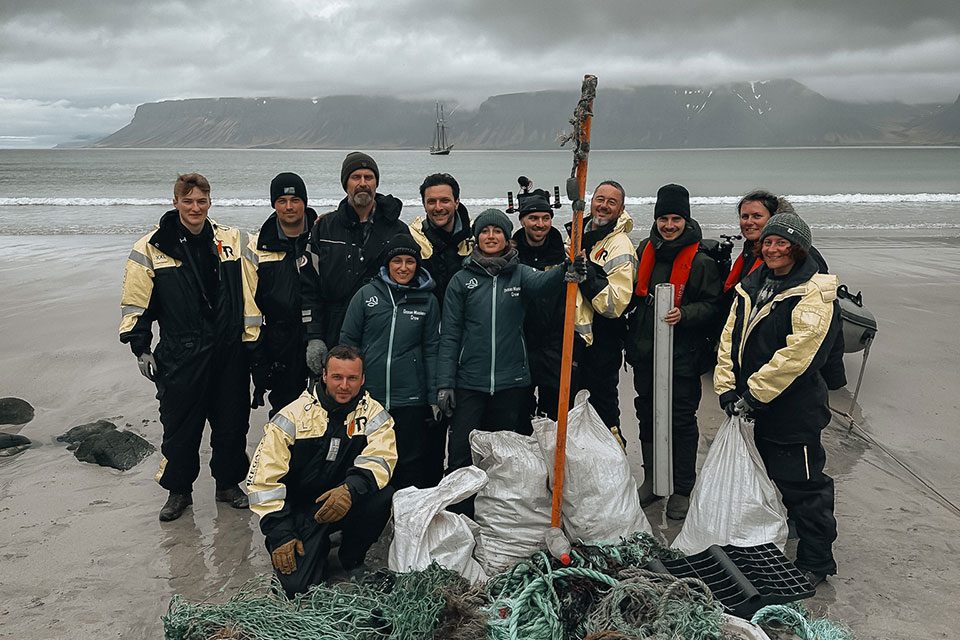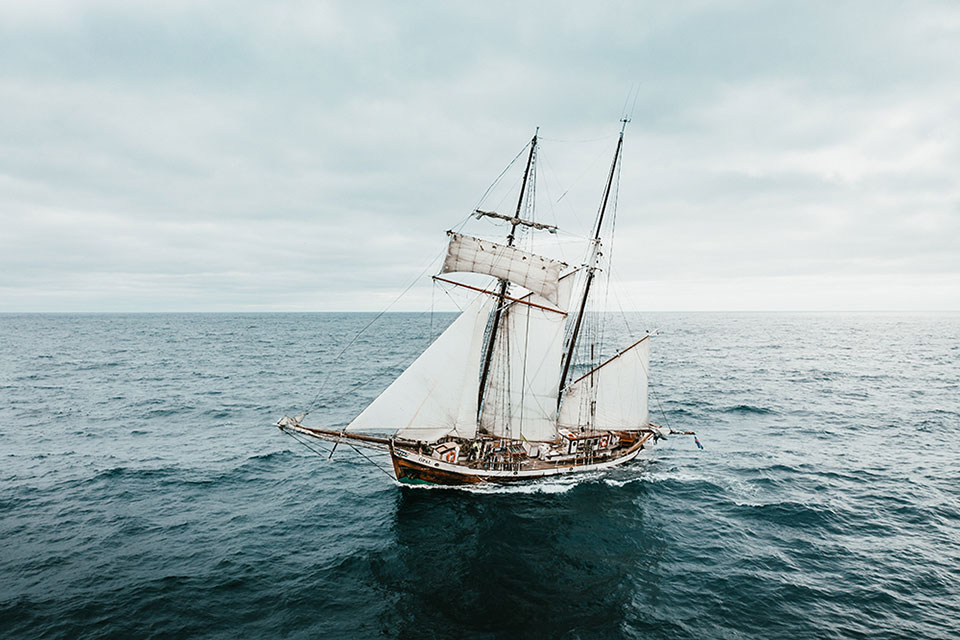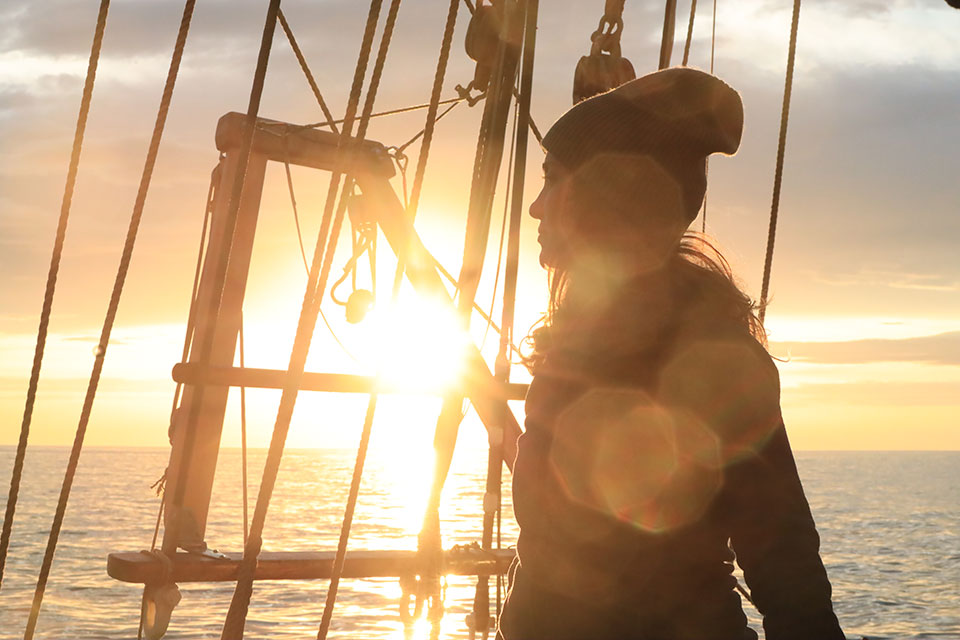This is the result of last weekend’s clean-up effort on the Langanes peninsula!
For the first time, Ocean Missions NGO, based in Húsavík, arranged a two-day, intensive clean-up of the Langanes coastline, gathering 20 volunteers from different organizations with a clear purpose: to remove the trash from the coastline and claim environmental action. Representatives from the municipality of Þórshöfn hosted the participants, providing accommodation, helping with logistics and even participating in the cleaning efforts. Tommi Knúts from Blái herinn (the Blue Army) also joined the effort to help and to inspire the younger generations. Enthusiastic locals, volunteers from World Wide Friends and students from the University of Iceland Húsavik Research Center, came together to learn, clean and explore Langanes.
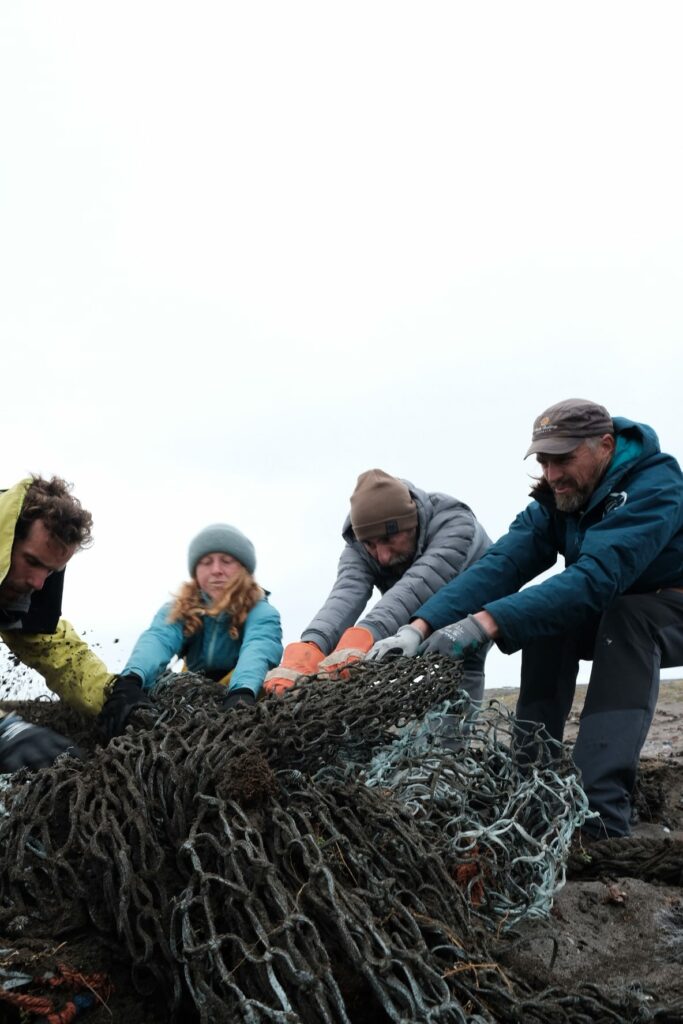
“I cannot believe how much trash there is in this remote place”, “It’s a never-ending story!”, ” I see people bending down with every step to pick up something!”, “This is so depressing!”
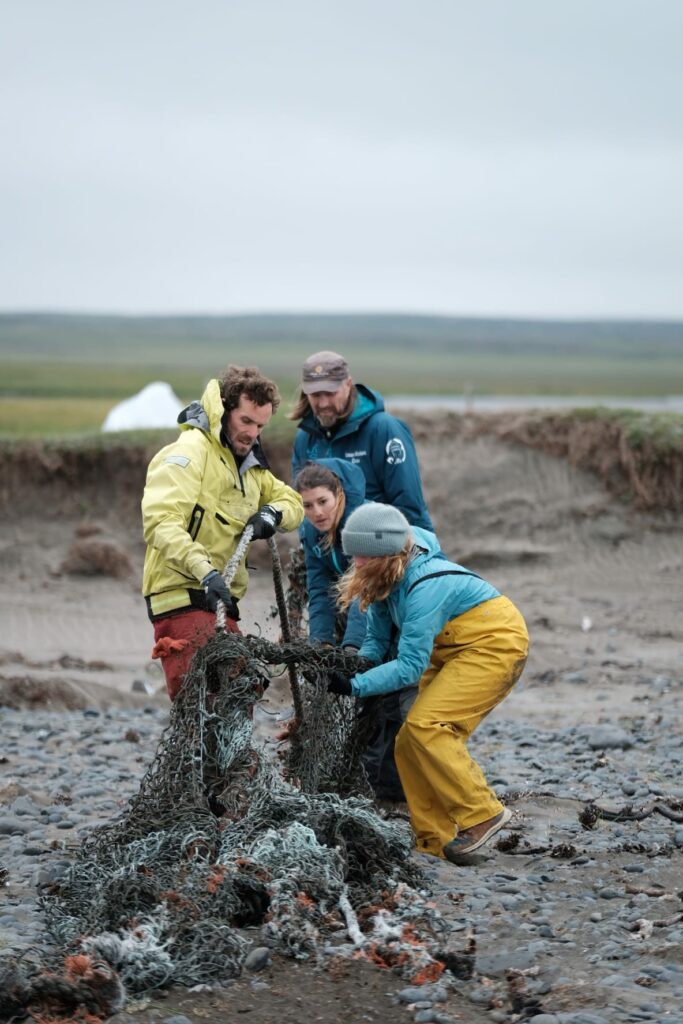
These are some of the testimonials from the participants that took part in the event. Approximately 4 tonnes of trash was collected in less than 2km of coastline. Langanes peninsula has approximately 140 km of coastline and while driving along it,you can see trash all the way along. Most of the litter removed from the coastline was fishing gear, including big nets, buoys and plastic containers.
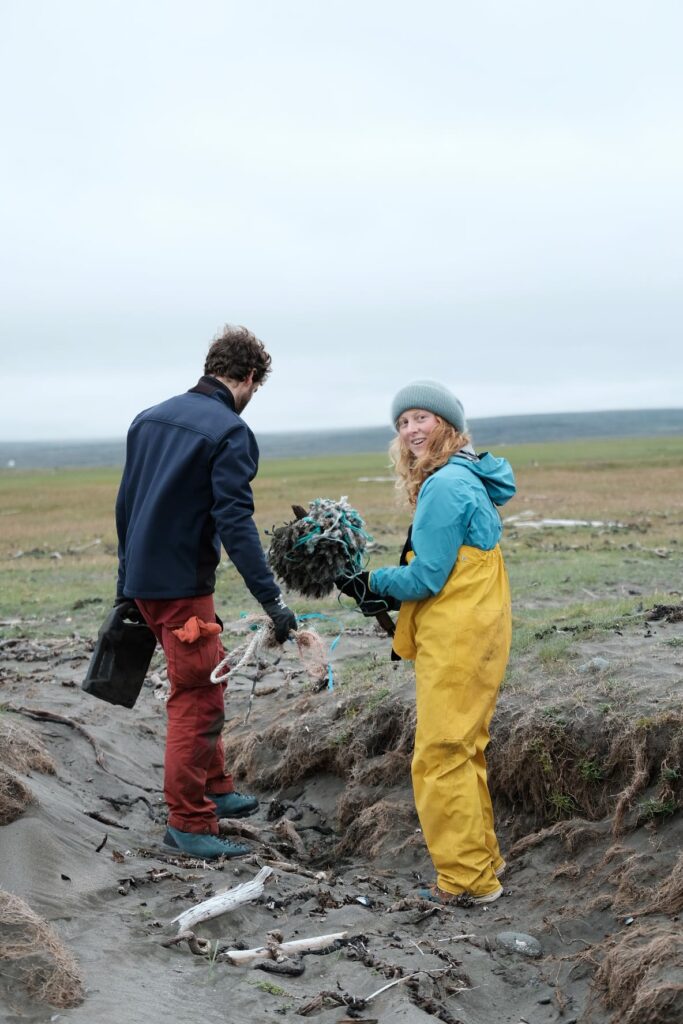
Globally, more than 640,000 tonnes of nets, lines, pots and traps used in commercial fishing are still dumped and discarded in the sea every year, the same weight as 55,000 double-decker buses,which is deadly for marine wildlife (Greenpeace annual report, 2019).
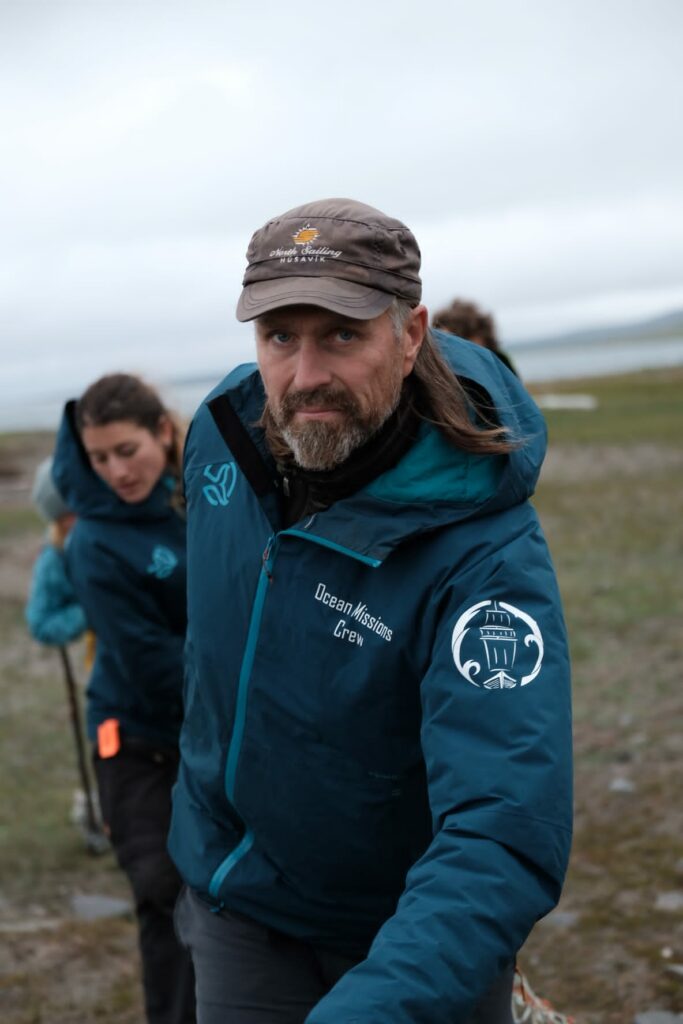
According to Tommi from The Blue Army, who is in close connection with the national authorities, the costs of this cleaning effort would have cost the government approximately 1 million ISK/ton. Currently, the Ministry of Environment is developing an action plan to monitor plastic pollution and clean the Icelandic coastline in which, hopefully, Ocean Missions and other local organizations that are working on plastic pollution will take part. Regular clean ups are very important to keep the coastline free of pollution, however, it is fundamental that Iceland creates a management plan to recycle as much as possible of the trash that is found in the shore lines, and to avoid the usage of landfills.
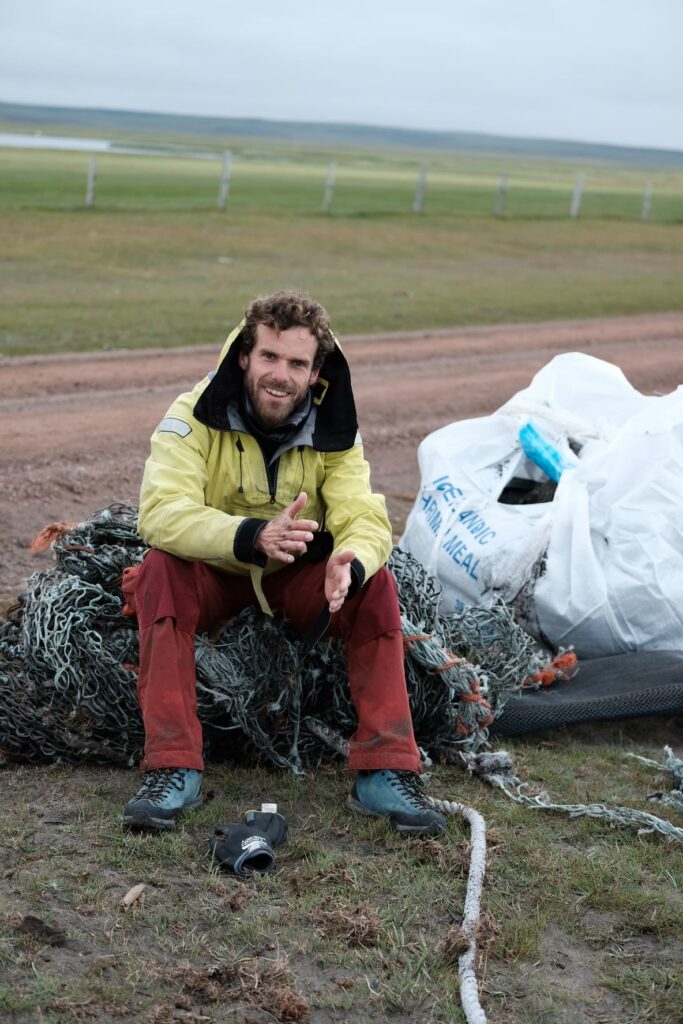
As scientists form the core of Ocean Missions, this clean up was not only a movement to claim environmental protection, but it also served to gather scientific data about pollution on the coastline. A standardized protocol to study the type and amount of litter was used, which can be found in a recent report published by AMAP and can be used to monitor the problem, as well as to implement further management plans to protect our coastline from plastic pollution.
References:
Greenpeace 2019: : https://www.greenpeace.org/static/planet4-aotearoa-stateless/2019/11/b97726c9-ghost_fishing_gear_report_en_single-page_051119.pdf
AMAP report 2021: (PDF) LITTER AND MICROPLASTICS MONITORING GUIDELINES ARCTIC MONITORING & ASSESSMENT PROGRAMME version 1.0 AMAP (researchgate.net)
